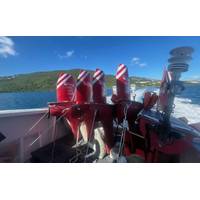
NOAA and Partners Deploy C-Star USVs to Collect Hurricane Data
is the latest effort by NOAA to advance data collection to improve hurricane research and forecasting.Two additional C-Stars will be stored in Gulfport, Mississippi, and will be ready for launch ahead of actively developing storms in the Gulf this fall.“Understanding weather conditions where the ocean surface meets the lower atmosphere is key to predicting hurricane intensity,” said Greg Foltz, oceanographer for NOAA’s Atlantic Oceanographic and Meteorological Laboratory (AOML). “If these miniature uncrewed surface vehicles prove reliable, they could become a critical piece of
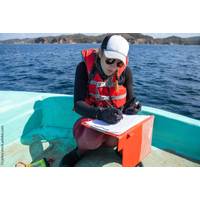
EU Invests in 13 Ocean Projects
A new wave of projects has secured funding under the latest EU Mission Ocean and Waters calls.With a total budget of €116 million ($136 million), the 13 projects will be implemented across various sea basins, including the Black Sea, Danube River, Baltic and North Sea, Mediterranean Sea, and Atlantic and Arctic regions.The projects focus on:• preserving offshore marine protected areas• protecting and restoring the habitats of migratory fish in the Danube area• reducing the environmental impact of fisheries on marine species and habitats• strengthening citizen science in the

Chuo University, NYK Launch Joint Research Initiative to Discover Medicinal Resources From Marine Organisms
Chuo University and Nippon Yusen Kabushiki Kaisha (NYK) have recently launched a joint research initiative to discover novel natural products from marine organisms. This project seeks to identify previously unknown substances that may have beneficial applications for humanity, including potential new medicinal resources, from marine organisms attached to ship hulls and other surfaces, and to elucidate the effects of those substances.Historically, natural products have played a pivotal role in the development of groundbreaking medicines, akin to the discovery of penicillin. Marine organisms represent a
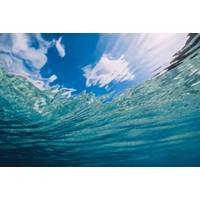
Chemical-Consuming Creatures Found Deep in Pacific Trenches
Scientists diving to astounding depths in two oceanic trenches in the northwest Pacific have discovered thriving communities of marine creatures that get their sustenance not by eating organic matter like most animals but by turning chemicals into energy.They found these chemosynthesis-based animal communities - dominated by tube worms and clams - during a series of dives aboard a crewed submersible to the bottom of the Kuril-Kamchatka and Aleutian trenches. These creatures are nourished by fluids rich in hydrogen sulfide and methane seeping from the seafloor in this dark and frigid realm beyond
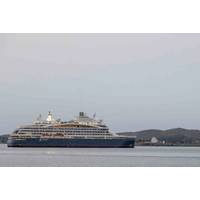
North Pole Marathon Offers Forum for Climate Change Science Aboard Icebreaker
is very important. And that means working across boundaries because the types of data that we need to understand what's happening and what the impacts are going to be, aren't things that one individual country can do on its own.”With Russia claiming "almost 50%" of the Arctic Ocean coastline, Spence highlighted the need for Russia to expand its global cooperation with other Arctic countries to collectively combat climate change.The environmental crisis in the Arctic also influences the insurance sector, Bolttech insurance services CEO Rob Schinek said during a talk at the Forum
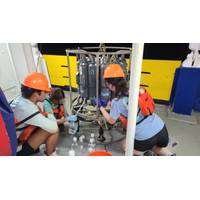
NOAA, Partners to Announce Findings From 2025 Gulf of America "Dead Zone" Monitoring
federal and state initiatives in the Mississippi River watershed focused on reducing nutrient runoff into the Gulf.Speakers will include:Cassandra Glaspie, Associate Professor, Louisiana State University; Chief scientist of survey cruiseSean Corson, Director, NOAA’s National Centers for Coastal Ocean ScienceGretchen Oelsner, Hydrologist, Water Mission Area, U.S. Geological SurveyTBD, Environmental Protection AgencyMike Naig, Secretary of Agriculture, State of IowaMeeting link: https://msstate.webex.com/msstate/j.php?MTID=m1c34a3e67235d7db9f2fbc6144564f11Meeting number (if you join by phone): 2870
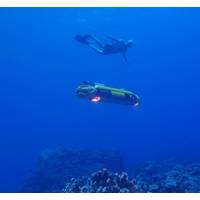
Nortek Nucleus Supports Coral Reef Photogrammetry Project
In a collaboration between the Norwegian University of Science and Technology (NTNU), University of Sydney, California Academy of Sciences (CalAcademy), Oceanly, University of Western Australia, and University of Auckland, supported by Inkfish, the University of Sydney’s Seeker AUV, equipped with a Nortek Nucleus 1000, worked alongside divers to create a 3D map of a coral reef off the coast of Tonga.Researchers from NTNU, the University of Sydney, and CalAcademy are working together to investigate how mesophotic reefs (low-light coral reefs in middle-depth waters) support the genetic diversity
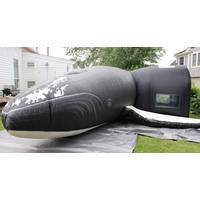
NOAA: Life-Size Interactive Inflatable Whale Coming to Boston Harbor Islands
This coming Saturday, July 19th from 10am-5pm, NOAA’s Stellwagen Bank National Marine Sanctuary and the Boston Harbor Islands National and State Park are partnering to bring a life-size inflatable humpback whale, Salt, to Spectacle Island.The life-size whale replica will be open for interactive tours throughout the day, which includes inflatable organs, and educational tours from Stellwagen Bank experts about whale anatomy, biology, and local research.Ferry service to Spectacle Island runs daily and can be found on the Boston Harbor Islands website: https://www.bostonharborislands.org/ferryschedul
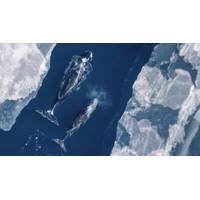
Whale Fecal Samples Link Ocean Warming to Rising Algal Toxins in Arctic Waters
Rising toxins found in bowhead whales, harvested for subsistence purposes by Alaska Native communities, reveal that ocean warming is causing higher concentrations of algal toxins in Arctic food webs, according to new research published in the journal Nature.Researchers from the Woods Hole Oceanographic Institution (WHOI) were a part of the multi-institutional, multi-year study that focused on this critical issue, which threatens food security for coastal communities that rely on marine life, including clams, fish, and whales, for food and other resources. Communities in Alaska are now asking researchers
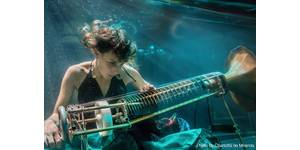

 August 2025
August 2025





